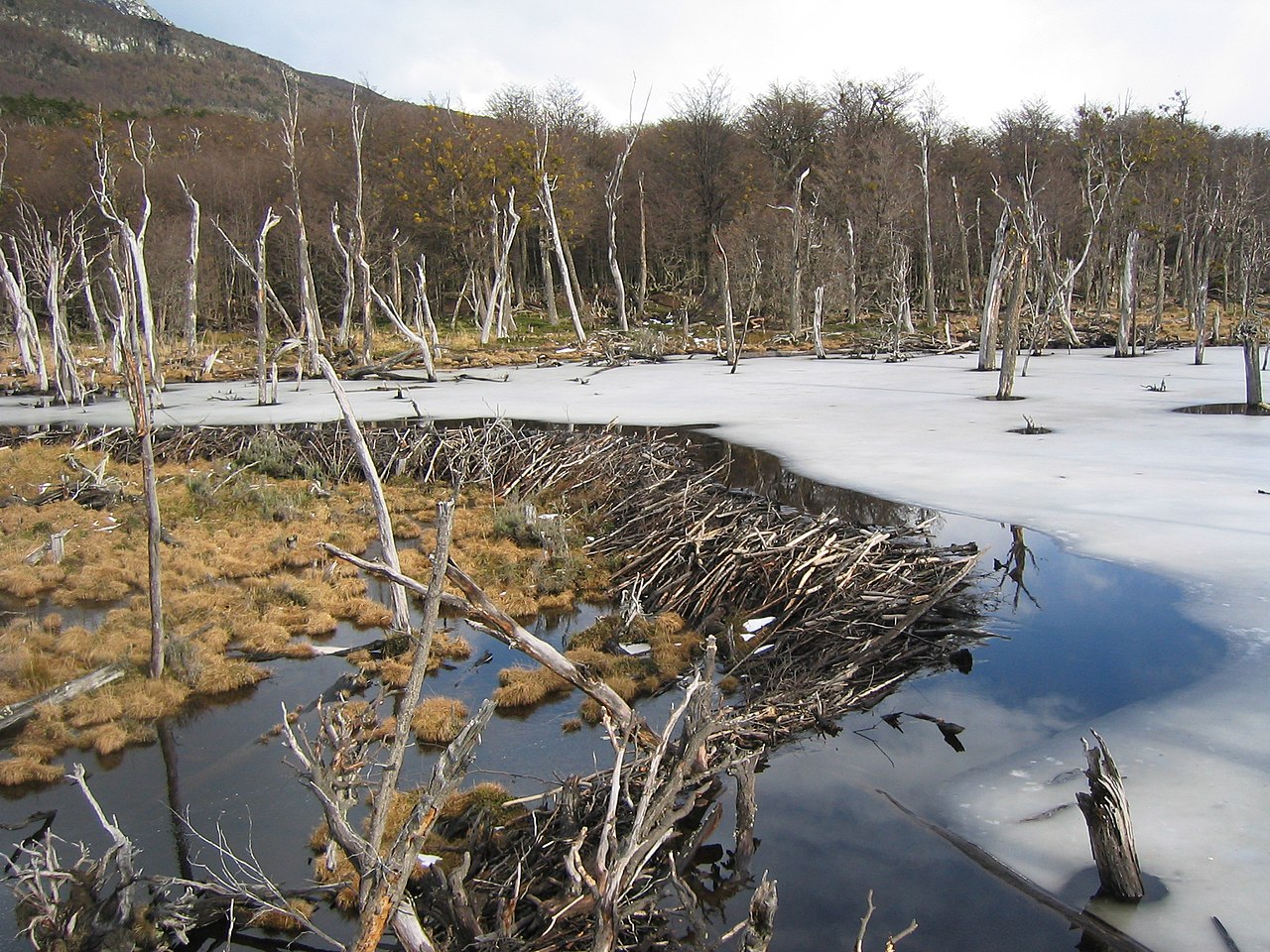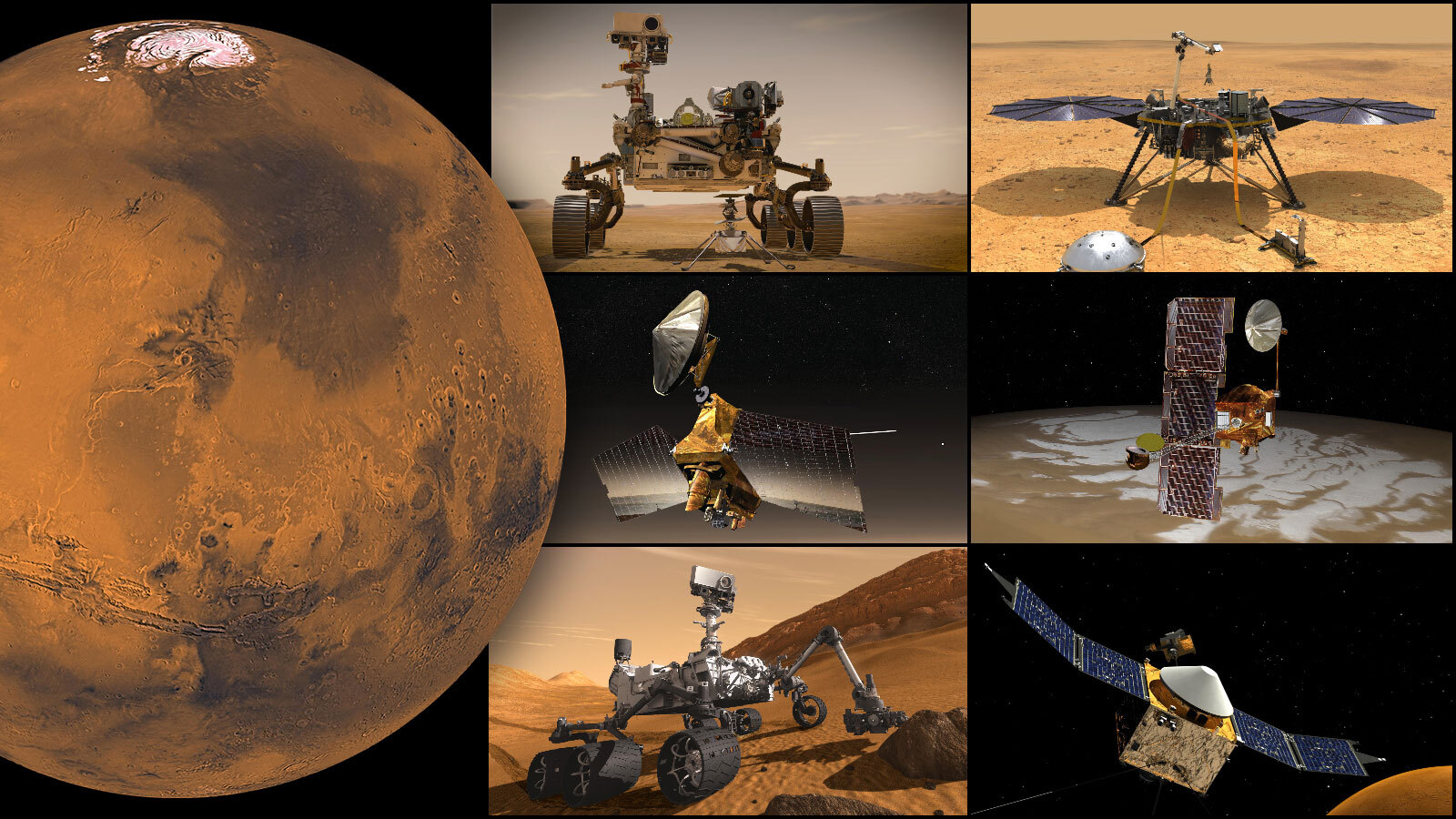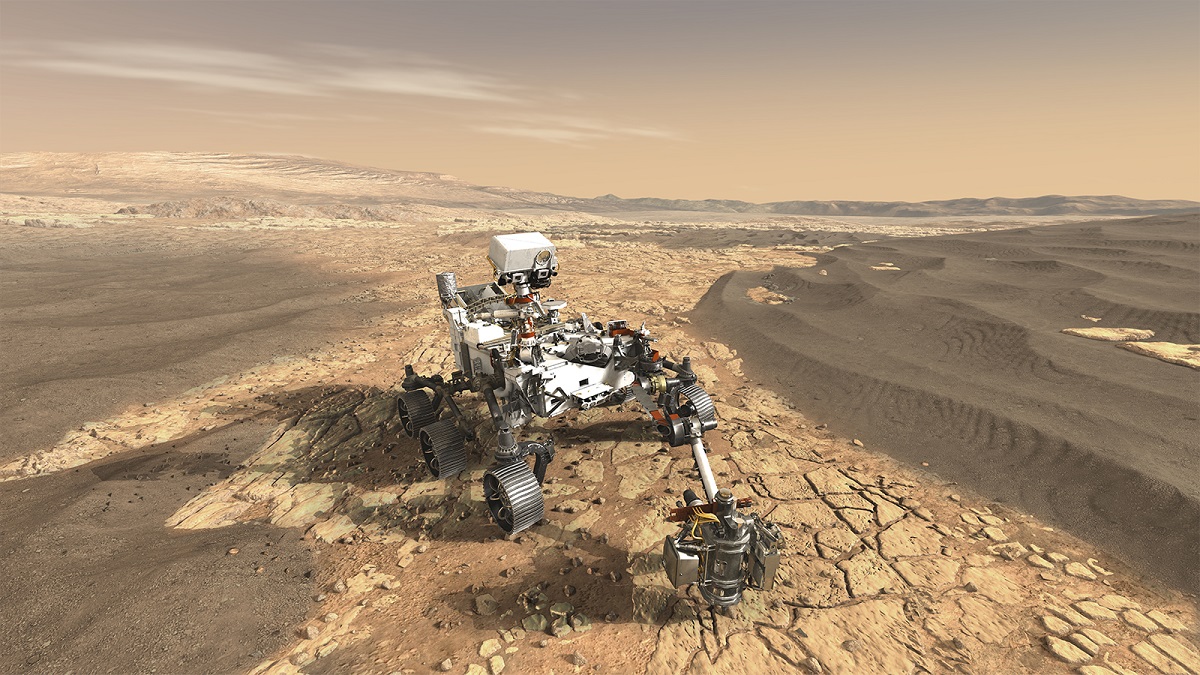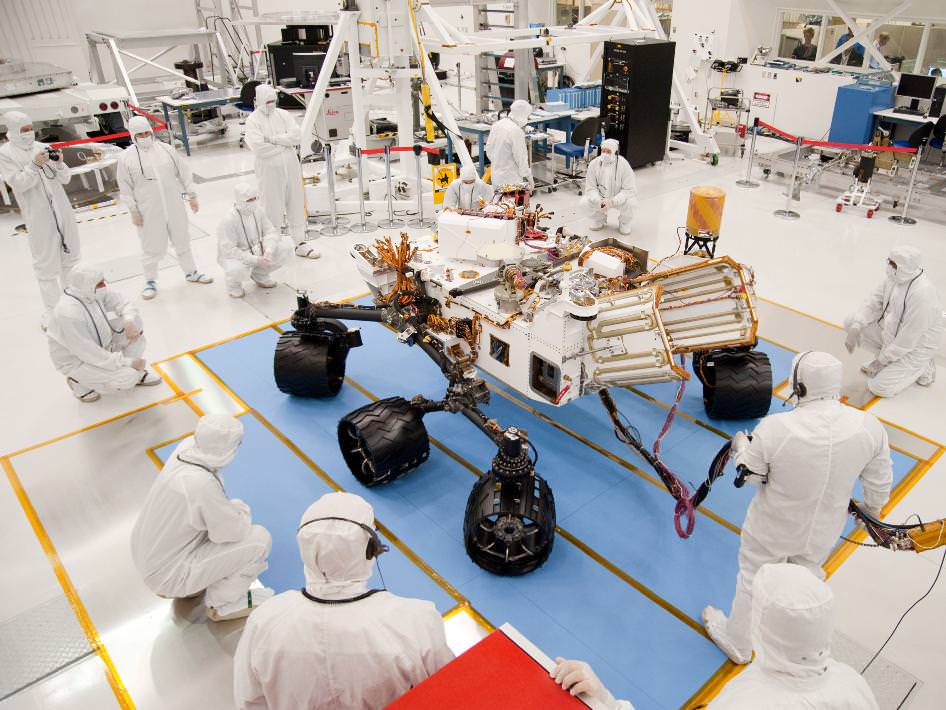When Neil Armstrong, Buzz Aldrin, and Michael Collins returned from the Moon in the summer of 1969, they spent three weeks isolated in quarantine to make sure that they hadn’t brought back any microbial lifeforms from the Moon, which could prove harmful to Earth life. Later, once the Moon had been unequivocally proved to be a dead world, future Apollo missions were allowed to skip quarantine. Elsewhere in the solar system, however, NASA still has to take planetary biosecurity seriously, because life could be out there. If we bring it back to Earth, it could be a danger to us and our ecosystems. Conversely, microbial Earth life could invade a fragile alien ecosystem, destroying a newly discovered lifeform before we have the chance to study it. Imagine discovering life on Mars, only to realize that it was life we had brought there with us.
Continue reading “We’re Constantly Battling Invasive Species Here on Earth. What Does That Teach us About Infecting Other Worlds With Earth Life?”How to Prevent our Spacecraft From Contaminating Mars
Mars has become something of an international playground over the past twenty years. There are currently eleven missions from five space agencies exploring the Red Planet, a combination of orbiters, landers, and rovers. Several additional robotic missions will be leaving for Mars in the next few years, and crewed missions are planned for the 2030s. Because of this increase in traffic, NASA and other space agencies are naturally worried about “planetary protection.”
With this in mind, the National Academies of Sciences, Engineering, and Medicine (NASEM) recently released a new report that identified several criteria for future robotic missions to Mars. These would reduce these missions’ “bioburden” requirements, which are designed to prevent the unintentional contamination of the Red Planet with Earth-based organisms. Specifically, the report considers how Earth organisms would interfere with searches for indigenous life on the planet.
Continue reading “How to Prevent our Spacecraft From Contaminating Mars”If There’s Subsurface Water Across Mars, Where is it Safe to Land to Avoid Contamination?
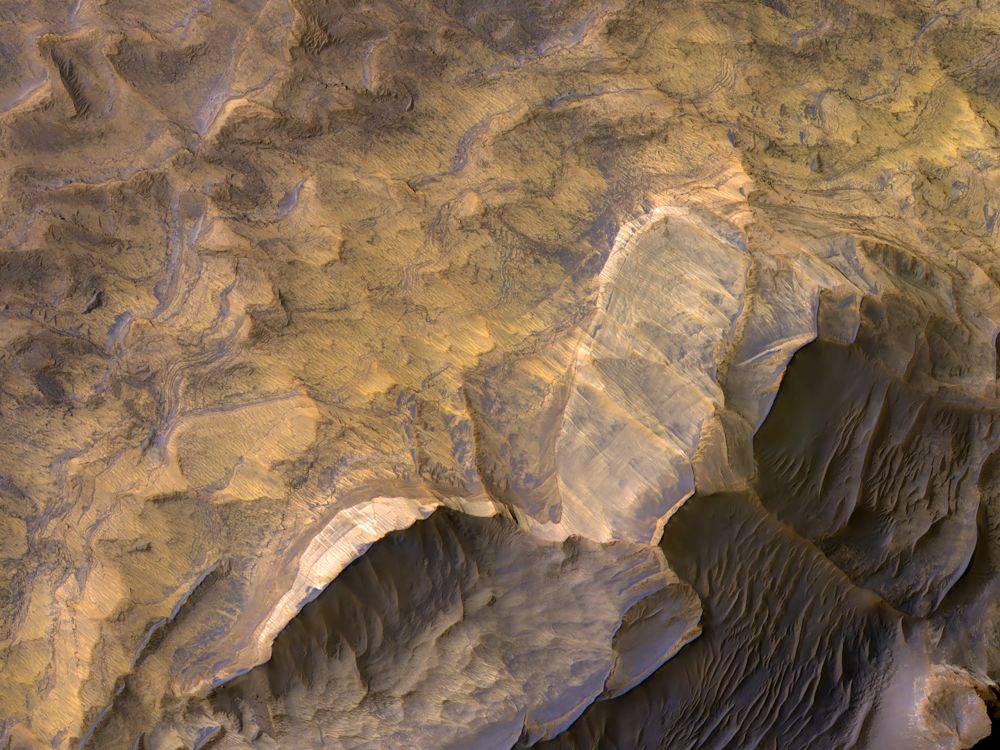
If Mars is a potential home for alien life, can we land safely anywhere on the surface without introducing contamination of Earth-born bacteria? A new study has some good news and some bad news. The good news is that Mars is likely completely inhospitable to life. The bad news is that Mars is…likely completely inhospitable to life.
Continue reading “If There’s Subsurface Water Across Mars, Where is it Safe to Land to Avoid Contamination?”Earth Life Probably Can’t Spread to Mars Today
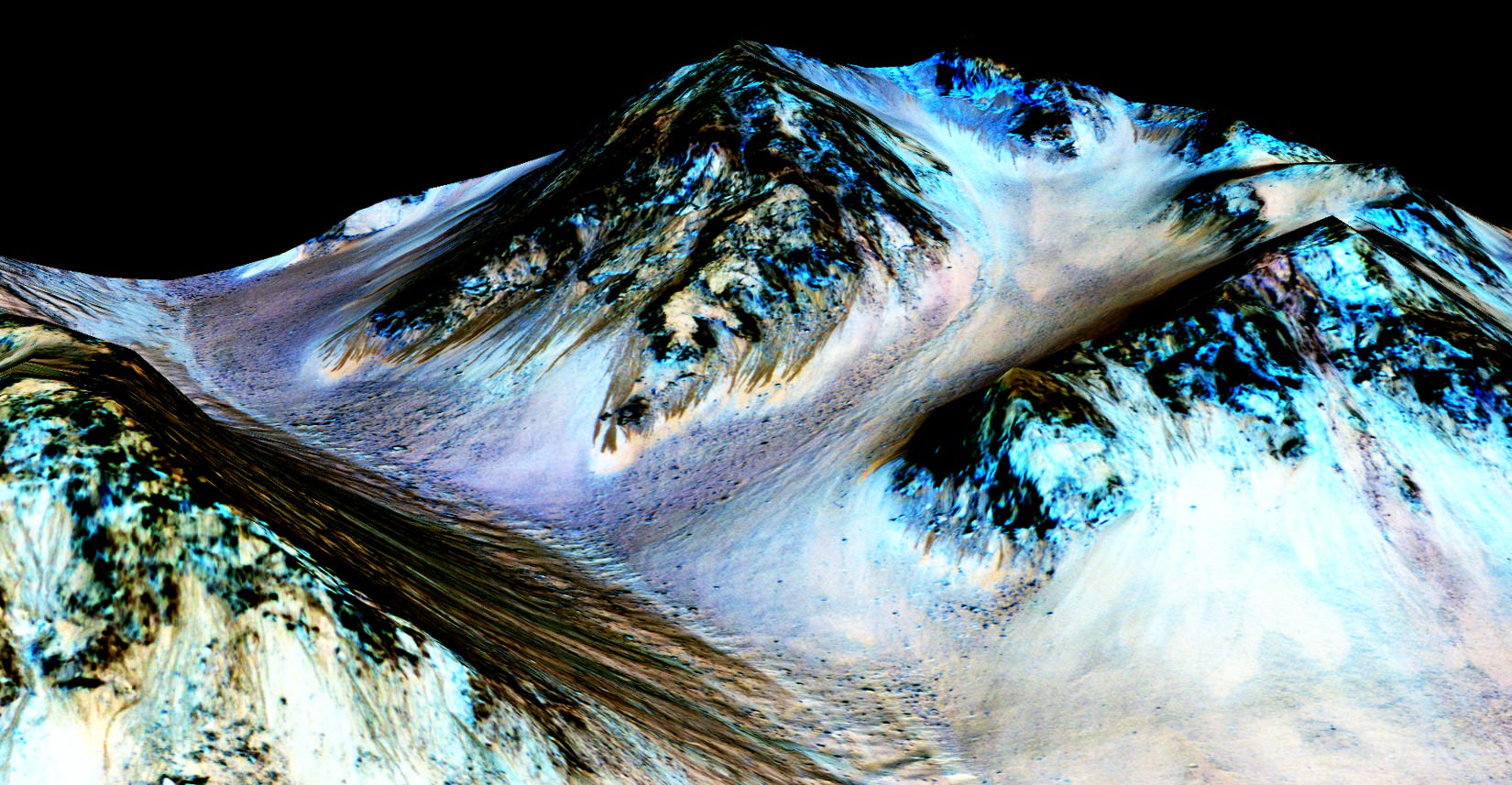
It’s no secret that Mars once had abundant water flowing on its surface in the forms of rivers, lakes, and even an ocean. For this reason, scientists continue to wonder whether or not Mars might have had life in the past. Today, the surface is an extremely cold, dry place where even a single droplet of water would instantly freeze, boil, or evaporate. Unless, of course, the water had salt dissolved in it.
If these “briny” patches still exist on Mars, then it’s possible there are small pockets on the surface where microbes can still exist. This presents problems as far as issues of “planetary protection” are concerned. However, a new study led by the Lunar and Planetary Institute (LPI) has shown that if life from Earth were brought over by robotic or human explorers, it probably couldn’t survive in these brines.
Continue reading “Earth Life Probably Can’t Spread to Mars Today”A NASA Panel Says We Don’t Need to be so Careful About Infecting Other Worlds
It’s time to update the rules. That’s the conclusion of a panel that examined NASA’s rules for planetary protection. It was smart, at the dawn of the space age, to think about how we might inadvertently pollute other worlds with Earthly microbes as we explore the Solar System. But now that we know a lot more than we did back then, the rules don’t fit.
Continue reading “A NASA Panel Says We Don’t Need to be so Careful About Infecting Other Worlds”Astronomy Cast Ep. 514: Planetary Protection Protocols
As we send rovers and landers to other worlds, we have to think about the tiny microbial astronauts we’re sending along with us. In fact, NASA is so concerned about infecting other worlds that it has established the planetary protection protocols. Just to be safe.
Continue reading “Astronomy Cast Ep. 514: Planetary Protection Protocols”
Seeding the Milky Way with Life Using Genesis Missions

When exploring other planets and celestial bodies, NASA missions are required to abide by the practice known as “planetary protection“. This practice states that measures must be taken during the designing of a mission to ensure that biological contamination of both the planet/body being explored and Earth (in the case of sample-return missions) are prevented.
Looking to the future, there is the question of whether or not this same practice will be extended to extra-solar planets. If so, it would conflict with proposals to “seed” other worlds with microbial life to kick-start the evolutionary process. To address this, Dr. Claudius Gros of Goethe University’s Institute for Theoretical Physics recently published a paper that looks at planetary protection and makes the case for “Genesis-type” missions.
Continue reading “Seeding the Milky Way with Life Using Genesis Missions”How Do You Stop A Spacecraft Microbe From Attacking Mars?
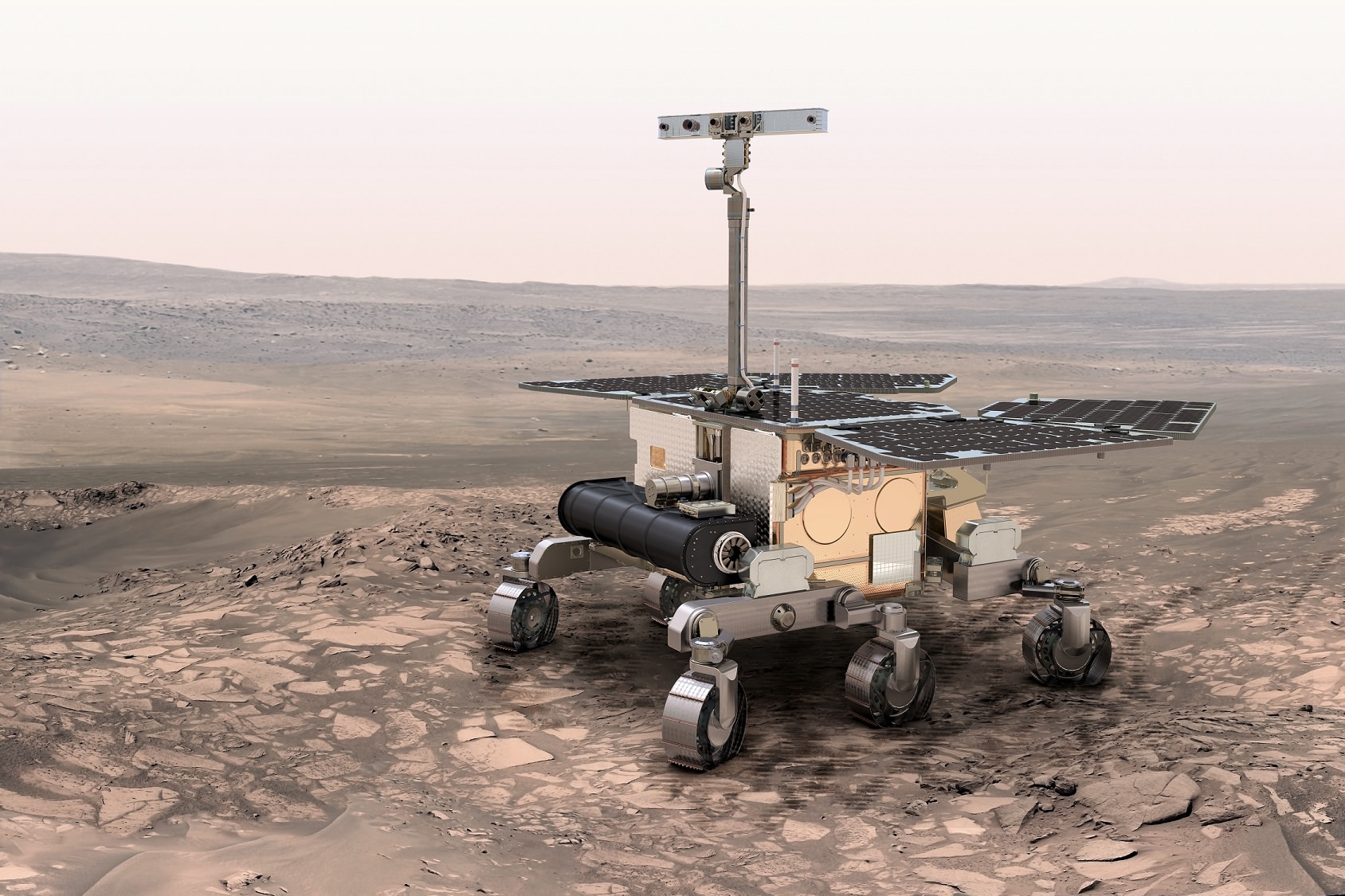
When you have a Mars mission that is designed to search for life or life-friendly environments, it would be several shades of awkward if something biological was discovered — and it ended up being an Earth microbe that clung on for the ride. Beyond that, there’s the worry that an Earth microbe could contaminate the planet’s environment, altering or perhaps wiping out anything that was living there.
A recent European Space Agency post highlighted that agency’s efforts to keep Mars safe from its forthcoming ExoMars missions in 2016 or 2018. (And it also should be noted that NASA has its own planetary protection protocols, as well as other agencies.)
“We have a long-term programme at ESA – and also NASA – to regularly monitor and evaluate biological contamination in cleanrooms and on certain type of spacecraft,” stated Gerhard Kminek, ESA’s planetary protection officer. “The aim,” he added, “is to quantify the amount of biological contamination, to determine its diversity – finding out what is there using gene sequence analysis, and to provide long-term cold storage of selected samples.”
The process isn’t perfect, ESA admits, but the biological contamination that these scrutinized missions have is extraordinarily low compared to other Earthly manufacturing processes. There is, in fact, an obligation on the part of space-faring nations to keep planets safe if they signed on to the United Nations Outer Space Treaty. (That said, enforcement is a tricky legal issue as there is no international court for this sort of thing and that would make it hard to levy penalties.)
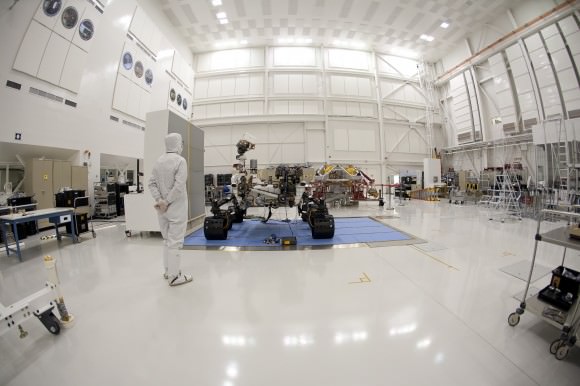
Spacefaring nations have international standards for biological contamination limits, and they also must monitor the “impact probability” of an orbital spacecraft smacking into the planet or moon below when they do maneuvers. Sometimes this means that spacecraft are deliberately crashed in one spot to prevent contamination elsewhere. A famous example is the Galileo mission to Jupiter, which was thrown into the giant planet in 2003 so it wouldn’t accidentally hit the ice-covered Europa moon.
Moving forward to ExoMars — the Mars orbiting and landing missions of 2016 and 2018 — ESA plans to perform about 4,500 samplings of each spacecraft to monitor biological contamination. This estimate came from the number performed at NASA on the Curiosity rover, which is trundling around Mars right now. Changes in processing, though, mean the ESA checks will take less time (presumably making it less expensive.)
For the curious, yes, planetary protection protocols would also apply during a “sample return” mission where soil or other samples are sent back to Earth. While that’s a little ways off, ESA also elaborated on the procedures it takes to keep spacecraft it creates safe from contamination.
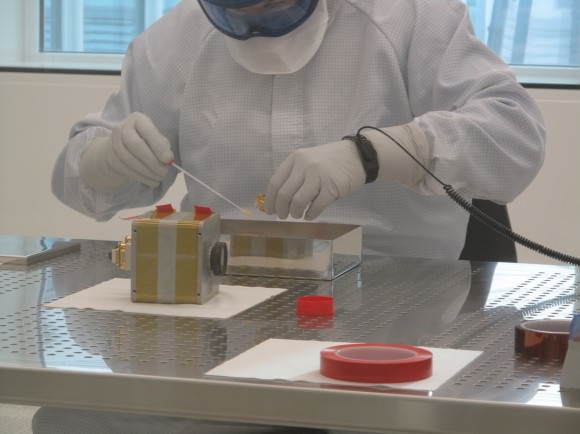
“Samples are acquired in various ways: air samplers collect a certain amount of air on a filter, while wipes dampened with ultra-pure water are run across space hardware or cleanroom surfaces. Swabs are used to sample smaller items such as payloads or electronics,” ESA stated.
“To quantify the biological contamination, the samples are then filtered onto culture plates and incubated for between seven hours and three days depending on the specific method used, to see how much turns up. Statistical analysis is used to assess the overall cleanroom or flight hardware ‘bioburden’, and check whether it falls within the required standard or if further measures are needed to reduce it.”
Sometimes a hardy survivor is found, which is scientifically interesting because investigators want to know how it made it. ESA has a database of these microbes, and NASA has records as well. In November, the agencies announced a new bacterium, Tersicoccus phoenicis, that so far has only been found in “cleanrooms” for NASA’s Mars Phoenix lander (near Orlando, Florida) and ESA’s Herschel and Planck observatories (in Kourou, French Guiana).
Source: ESA
Curiosity and the Issue of Planetary Protection
Curiosity at Centre of Attention During Testing Image Credit: NASA /JPL – Caltech
There have been many reports about the possibility of NASA’s Curiosity rover contaminating Mars with microbes from Earth once it lands on the Red Planet in August. The wheels, the landing procedure and the drill bits have all come under scrutiny. But what are the concerns and what safeguards are there to prevent contamination from this or other missions?
In 1967 the United Nations drew up the ‘Treaty on Principles Governing the Activities of States in the Exploration and Use of Outer Space, Including the Moon and Other Bodies.’ All countries which sign up to the treaty “shall pursue studies of outer space, including the moon and other celestial bodies, and conduct exploration of them so as to avoid their harmful contamination.” Every mission is given a category (I,II,III,IV or V) depending on whether it is a flyby, orbiter, lander, or Earth return mission, whether its destination is a planet, moon, comet, or asteroid and whether the destination could provide clues about life or have the potential to support Earth life. So for instance Cassini is a catagory II mission, Curiosity is classed as a IVc mission.
Every stage of a mission is carefully monitored. From construction in a sterile clean room with laminar-air-flow systems, pressurized microbial barriers and personnel wearing hoods, masks, surgical gloves, booties and protective suits called bunny suits. Components and entire spacecraft are sterilized using dry heat microbial reduction, by being enclosed in a bioshield (like a large casserole dish) and baked them in an oven at 111.7 degrees Celsius for 30 hours. For more sensitive components a low-temperature process is used. Components are placed in a vacuum and hydrogen peroxide is injected into the sterilization chamber to establish a specified vapor concentration. Thousands of samples are taken at every stage of construction and tested for spore-forming organisms, for example the Viking mission in 1975 tested more than 6000 samples in total.
Three issues have arisen with the Curiosity rover. During the landing procedure a parachute and thrusters will slow the descent before the ‘sky crane’ lowers the rover, its wheels making direct contact with the surface. Previous rovers have waited on landing platforms for days before their wheels made contact with the surface and in tests it has been shown that even a few hours exposure to Martian levels of ultraviolet can kill between 81 and 96 per cent of bacteria that may be present. So once Curiosity lands it will probably need to remain stationary for some days to minimize the risk of contamination from its wheels.
Another issue arose last year, after launch, when it was realized that a step in the planetary protection measures wasn’t adhered to during the manufacture of the rover’s drill bits. These were meant to arrive at Mars inside a sterile box, but the box was opened and the bits tested for contamination and one of the bits was attached to the drill head. This procedure strayed from earlier agreed-to protocols. The drills have now become another cause concern as it has been found that Teflon and molybdenum disulfide from seals within the drill assembly could rub off and mix in to contaminate samples excavated during operation, making the samples more difficult to analyze. The MSL team are looking at ways to work around the problem, these could include running the drill on a slower, less percussive setting or dispensing with the drill altogether and relying on Curiosity’s scoop to take soils soil samples and using the rover’s wheels to roll over and break open rocks.
This all serves to highlight the importance of the planetary protection treaty to ensure we do everything possible to reduce the risk of contaminating other worlds and of compromising any data we return.
Find out more at NASA’s Office of Planetary Protection

